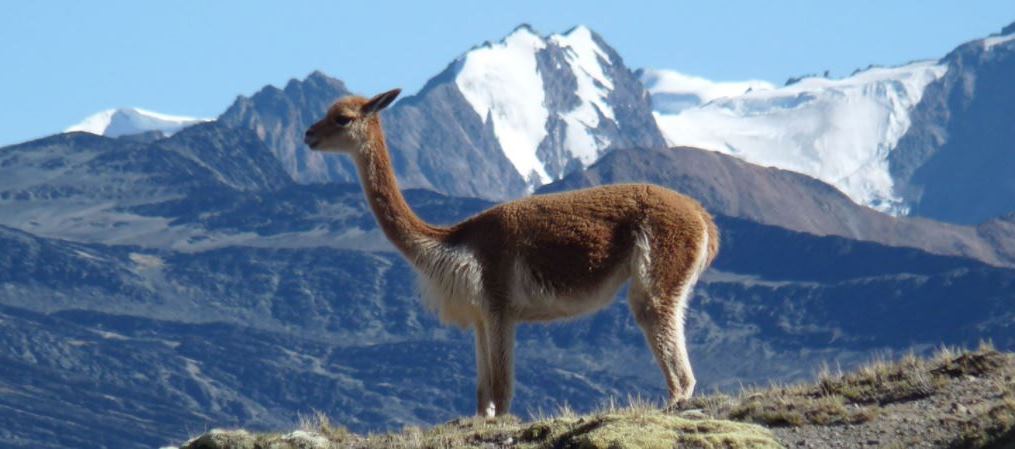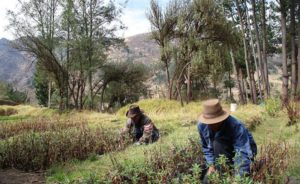In Peru, one finds queñuales, a native Andean forest ecosystem that has been disappearing in recent decades.
Manuel Peralvo, a researcher at the regional NGO CONDESAN, told GlacierHub in an interview that these ecosystems generate multiple benefits that are key for the well-being of Andean communities including hydrological regulation, reduction of risks of natural hazards and long-term maintenance of Andean biodiversity.
The project “Conservation Corridor of Polylepsis in the South of Los Conchucos” sought to reach reforestation agreements with local communities. It established ways for the project to support an increase in economic development of the local communities working on reforestation efforts.
These conditions included cattle breeding, tourism promotion, and the improvement of local education. In exchange, the communities would propagate, reforest and preserve queñuales.
Fuentealba indicated that the challenge of working with communities is understanding the reasons that each local community has for participation in reforestation initiatives, which leads them to participate in these activities. Furthermore, the approach of particular reforestation projects to include local populations differs.
Considering these experiences, the study suggests that a strategy to ensure the sustainability of reforestation projects of queñuales involves increasing the awareness of the benefits provided by queñuales, as well as connecting local communities with their natural resources.
When working in restoration efforts, it is not only relevant to understand the degradation level of the forests. It is also important to connect with local populations and comprehend how they will be impacted, their relationship with these ecosystems, and their values. Such participatory projects can reduce negative community impacts on forests while supporting positive ones.
Featured photo of a vicuña courtesy of CONDESAN.


